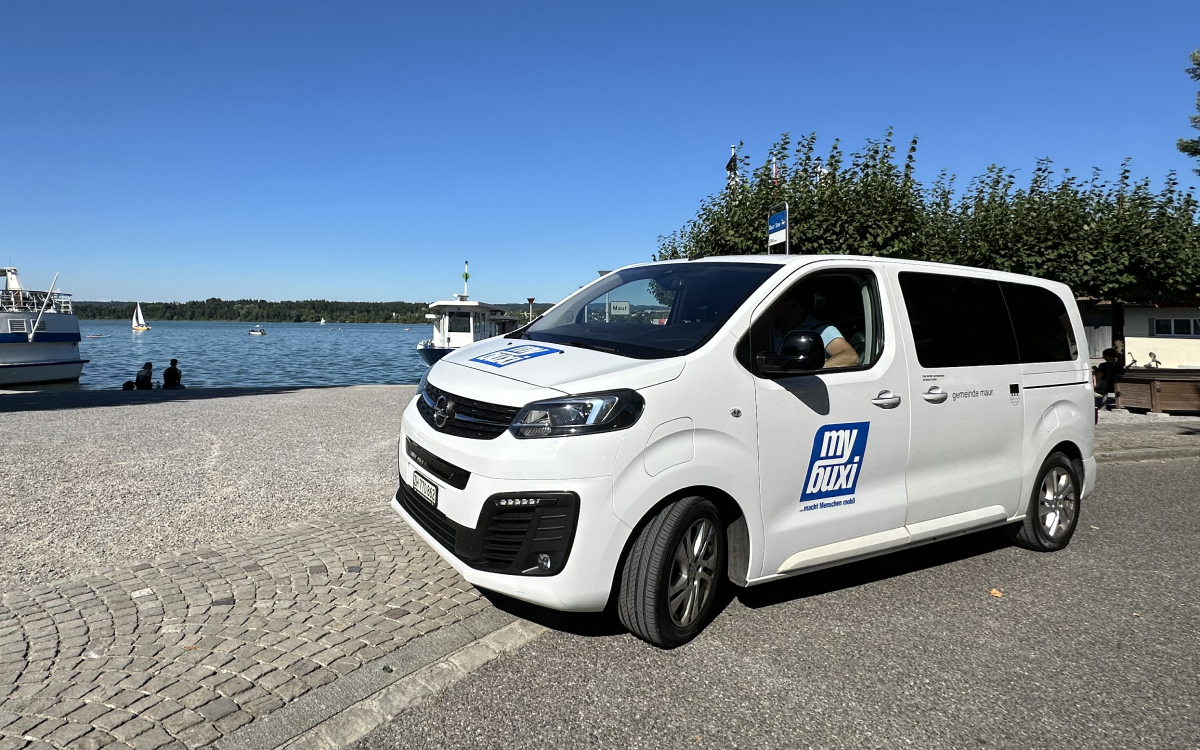


Designing cities for people, not cars: pedestrian-friendly urban spaces

Urban spaces have traditionally prioritized cars, shaping our cities in ways that often overlook the needs of pedestrians. However, city planning is shifting towards designing cities that place people, not cars, at the center of urban planning. This vision of pedestrian-friendly urban spaces aims to enhance quality of life, promote sustainability, and foster community interaction.
The concept of pedestrian-friendly urban spaces is grounded in prioritizing walking, cycling, and public transport over car use. This approach reduces traffic congestion and pollution while promoting healthier lifestyles. Integrating green spaces, safe pedestrian paths, and accessible public transportation creates a more sustainable urban environment, benefiting the entire community.
A key element in achieving this vision is the development of comprehensive public transportation systems. Efficient public transport reduces reliance on private cars, decreasing traffic congestion and pollution. Cities like Copenhagen and Amsterdam exemplify this approach, with extensive networks of bike lanes and public transport options that make car use almost unnecessary. These cities show how investing in public transportation can significantly reduce car dependency, creating more space for pedestrians and cyclists.
Public space design also plays a crucial role in promoting pedestrian-friendly environments. Wide sidewalks, pedestrian plazas, and traffic-calming measures are essential components of people-focused urban design. By slowing down traffic and providing safe, enjoyable spaces for walking and socializing, cities can encourage more people to walk. Times Square in New York City, for example, transformed to prioritize pedestrians, resulting in a vibrant public space that attracts locals and tourists alike.
Green spaces are vital for pedestrian-friendly urban design. Parks, gardens, and green corridors provide recreational areas and contribute to the city's ecological health. They improve air quality, reduce the urban heat island effect, and offer a refuge from city life. The High Line in New York City is a prime example, where an abandoned railway line became an elevated park, encouraging walking and community engagement.
However, transforming streets into pedestrian-only zones can force traffic to seek alternative routes, potentially harming areas not converted into pedestrian zones. This has been seen in the "superblocks" of Barcelona, where traffic is redirected, increasing congestion in surrounding areas. Therefore, reducing the flow of private vehicles overall is also necessary. Effective strategies include implementing congestion charges, enhancing public transport options, and promoting car-sharing schemes.
Urban planning should also prioritize accessibility and inclusivity by ensuring sidewalks are wheelchair accessible, providing ample seating, and creating safe crossing points. This inclusivity is crucial for making cities more welcoming for the elderly, disabled, and families with children.
The shift towards pedestrian-friendly urban spaces is not just about reducing car usage; it’s about reimagining city living. By prioritizing people over cars, we can create urban environments that are healthier, more sustainable, and more enjoyable. This vision fosters community, promotes environmental stewardship, and enhances overall quality of life, setting a new standard for the cities of the future.
Popular posts
29.05.25
How Flexible Stops Are Redefining Accessibility
Albert Tresserras
23.07.25
Mybuxi and Shotl launch a new on-demand mobility service in Maur (Zurich)
Rocío Goldín
25.11.22
Disruptive MaaS — when data integration matters
Open knowledge, an integrated use of the data that people generate through daily mobility patterns, will let us make much more efficient use of existing or future transport networks.


